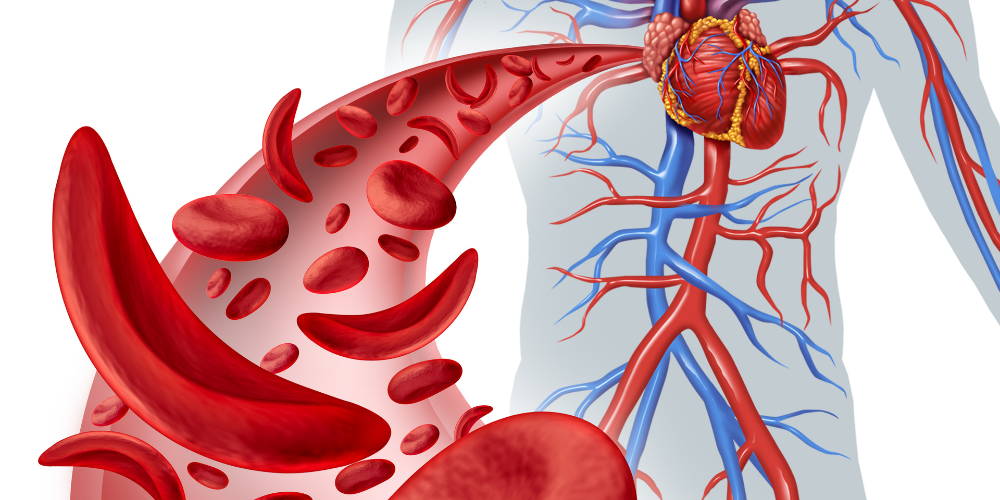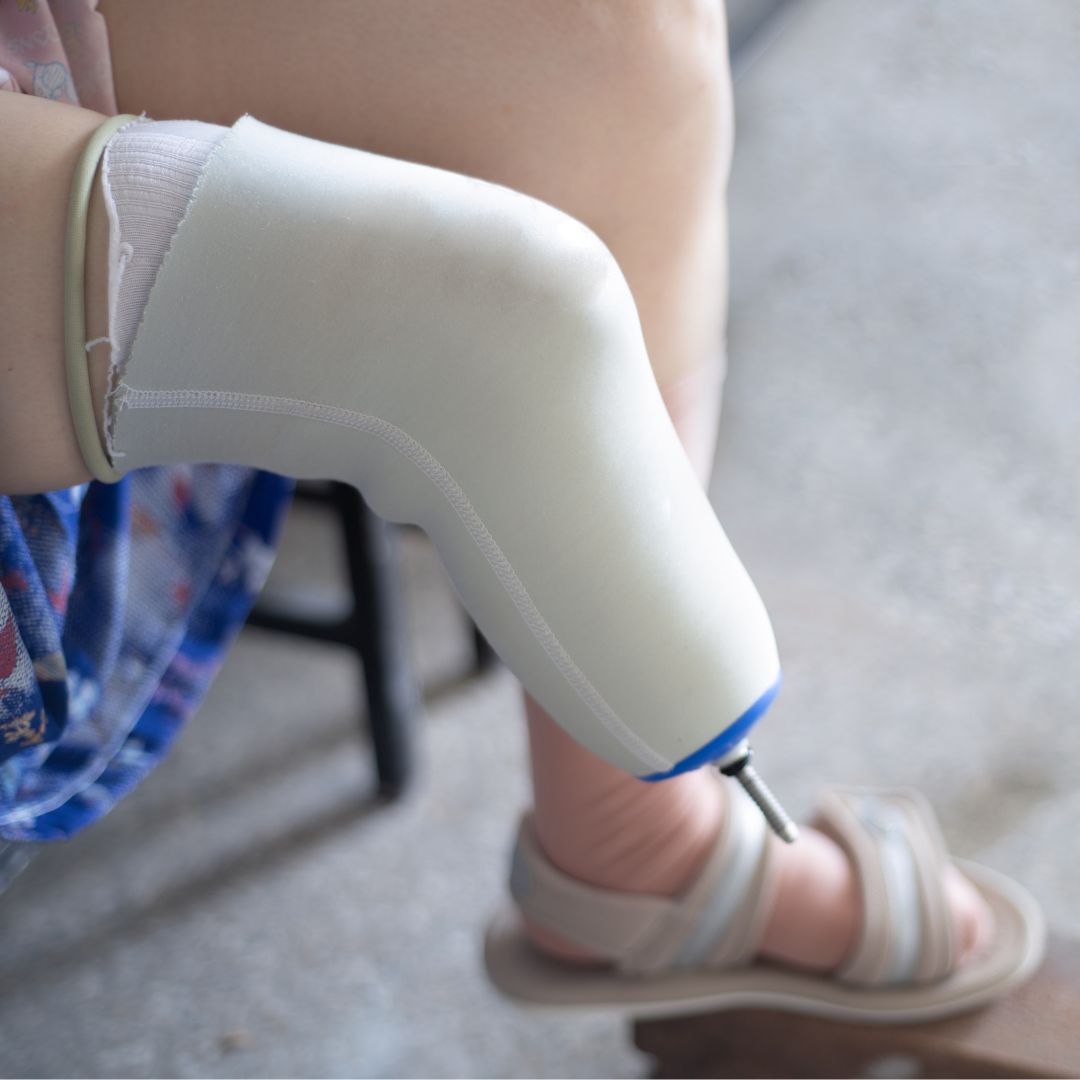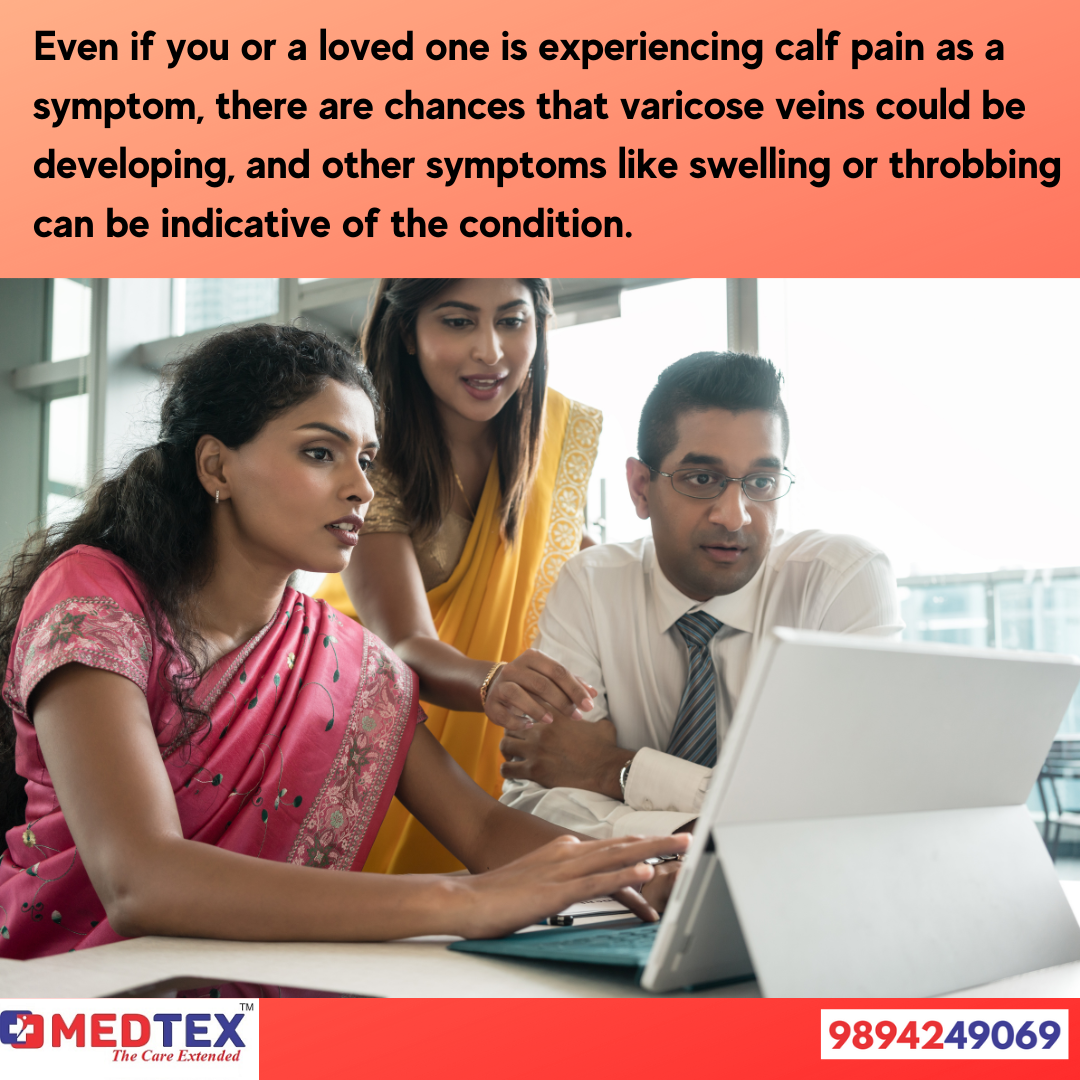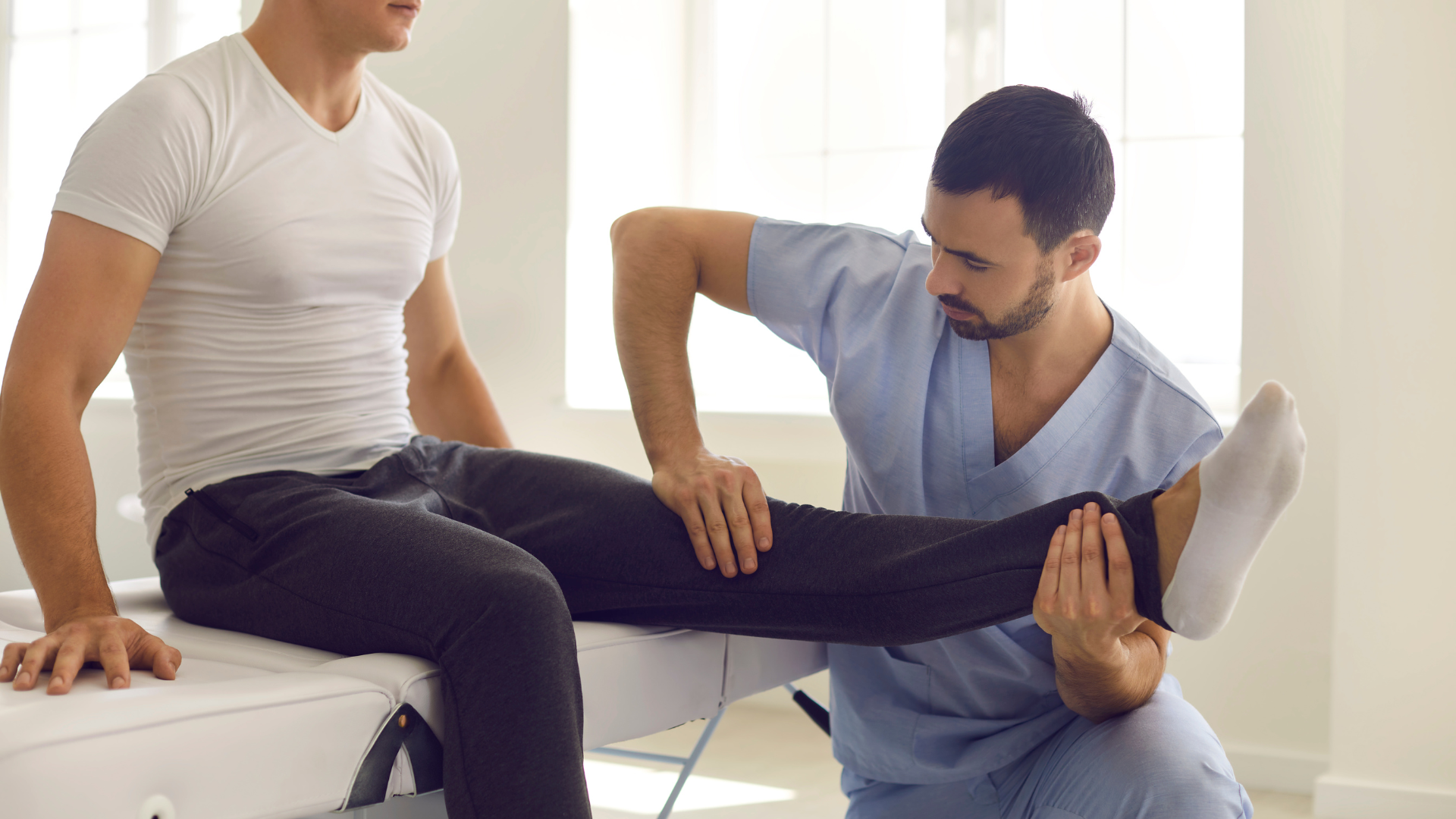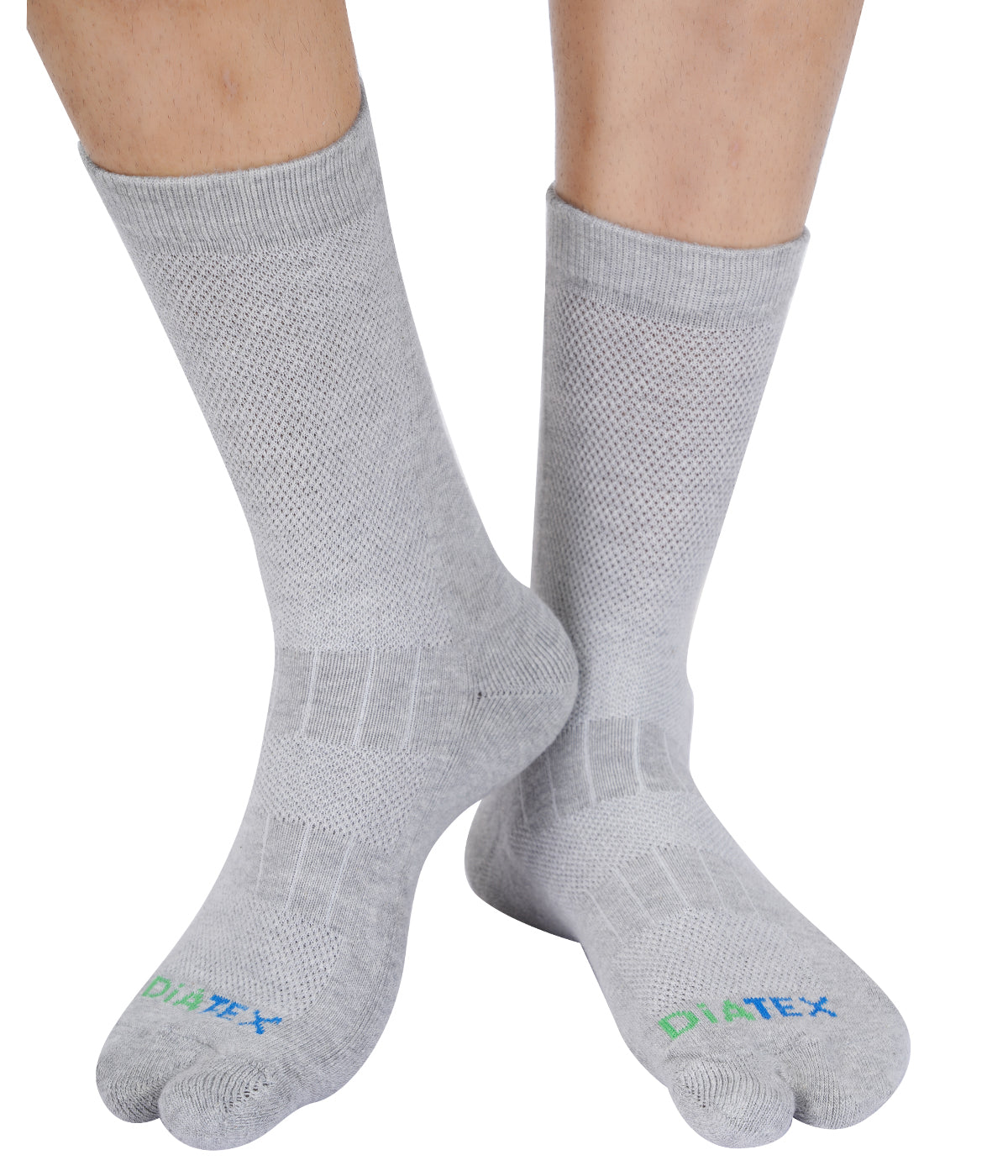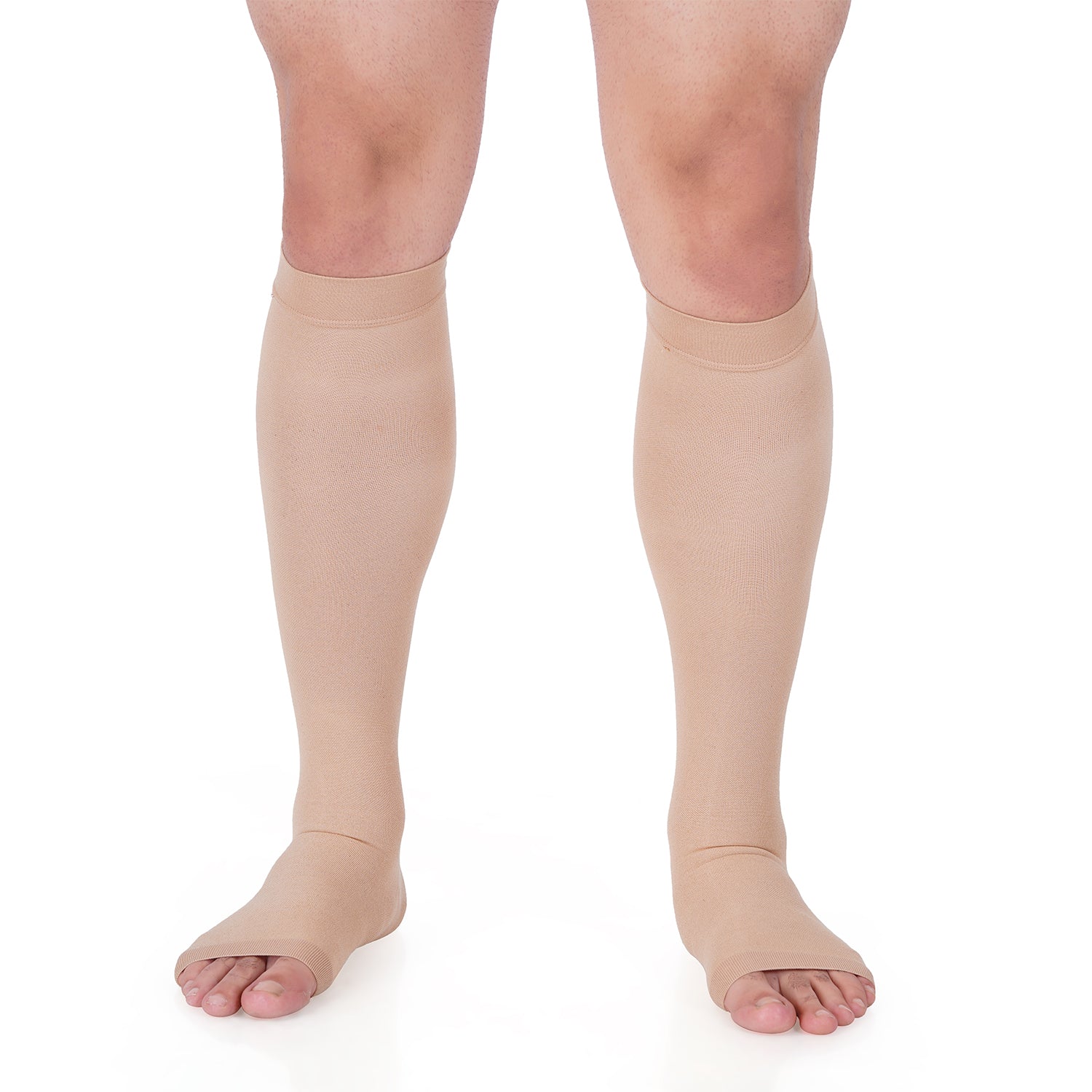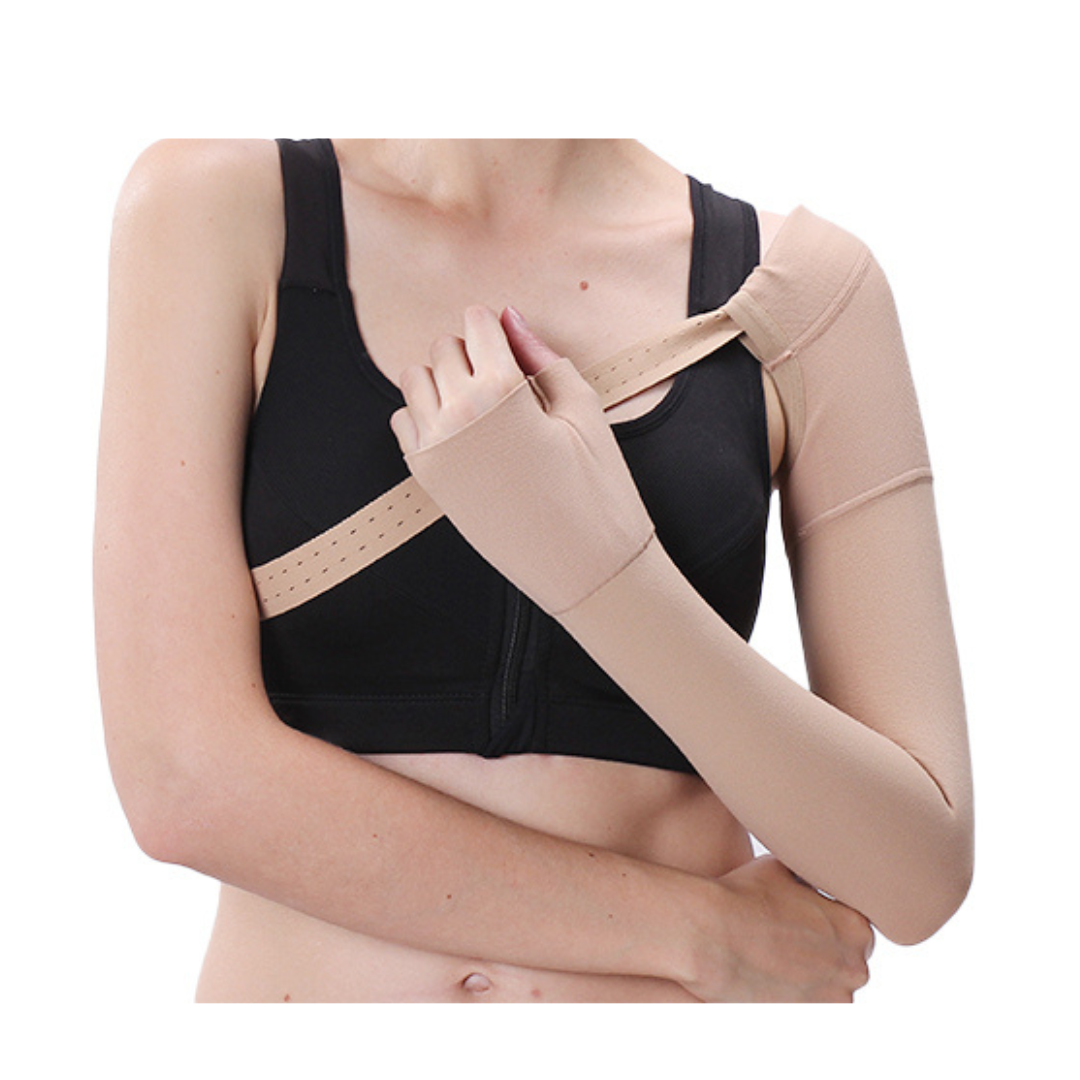We believe in empowering individuals with knowledge about their health and well-being. In this comprehensive guide, we will delve into the world of poor blood circulation in the legs, shedding light on the symptoms, potential causes, and effective strategies for seeking relief. Our goal is to provide you with valuable insights to help you understand the signs of poor circulation and take proactive steps towards improving your vascular health.
What is Poor Blood Circulation?
"Unraveling the Basics"
Blood circulation is a vital process that ensures the proper distribution of oxygen and nutrients throughout the body. When blood flow is restricted or impeded in the legs, it can lead to poor circulation. The condition may be a result of various underlying factors and can manifest through several noticeable symptoms.
Signs and Symptoms
"Recognizing the Clues"
1. Cold Feet and Toes
Cold feet and toes, even in warm environments, can indicate poor blood circulation. Reduced blood flow can affect temperature regulation in the extremities, leading to persistent coldness.
2. Swelling and Edema
Swelling in the legs, ankles, and feet, known as edema, may be a sign of poor circulation. The impaired blood flow can cause fluid to accumulate in the lower extremities.
3. Numbness and Tingling
Numbness or tingling sensations in the legs are common symptoms of poor blood circulation. These sensations may be intermittent or persistent, depending on the severity of the condition.
4. Muscle Cramps and Fatigue
Muscle cramps and fatigue in the legs can be related to inadequate blood flow. The muscles may not receive sufficient oxygen and nutrients, leading to discomfort and weakness.
5. Slow Healing Wounds
Poor circulation can hinder the body's ability to heal wounds effectively. Slow-healing ulcers or cuts on the legs may be a red flag for compromised blood flow.
6. Varicose Veins and Spider Veins
The appearance of varicose veins and spider veins may indicate venous insufficiency, a condition associated with poor blood circulation.
7. Changes in Skin Color and Texture
Pale or bluish skin discoloration, along with dry and cracked skin, can be linked to reduced blood flow to the legs.
Possible Causes of Poor Circulation
"Understanding the Triggers"
Several factors can contribute to poor blood circulation in the legs. These may include:
1. Peripheral Artery Disease (PAD)
PAD is a common condition where narrowed arteries restrict blood flow to the extremities, often leading to poor circulation in the legs.
2. Sedentary Lifestyle
A lack of physical activity can weaken the circulatory system and contribute to poor blood flow.
3. Obesity
Excess weight can strain the circulatory system, affecting blood flow to various parts of the body.
4. Smoking
Smoking damages blood vessels and can significantly impair circulation.
5. Diabetes
Diabetes can lead to peripheral neuropathy and vascular complications that affect blood circulation.
Seeking Relief: Lifestyle and Home Remedies
"Taking Charge of Your Circulation"
1. Regular Exercise
Engaging in regular physical activity, such as walking, swimming, or cycling, can improve blood flow and strengthen the circulatory system.
2. Healthy Diet
A balanced diet rich in fruits, vegetables, whole grains, and lean proteins can support cardiovascular health and promote better circulation.
3. Compression Therapy
Wearing compression stockings can help enhance blood flow and reduce swelling in the legs.
4. Elevating Legs
Raising the legs above heart level when resting can assist in reducing leg swelling and promoting blood flow.
5. Quitting Smoking
Quitting smoking can improve overall vascular health and circulation.
When to Seek Medical Attention
"Knowing When to Act"
If you experience persistent or severe symptoms of poor circulation in the legs, it's essential to seek medical evaluation. A healthcare professional can diagnose the underlying cause and recommend appropriate treatment.
we are committed to promoting vascular health and well-being. By understanding the signs of poor blood circulation in the legs and implementing lifestyle changes, you can take charge of your circulatory health and enjoy a more active and comfortable life.
Remember, early detection and proactive measures are crucial in managing poor circulation effectively. Take the first step towards healthier legs and better circulation today!

